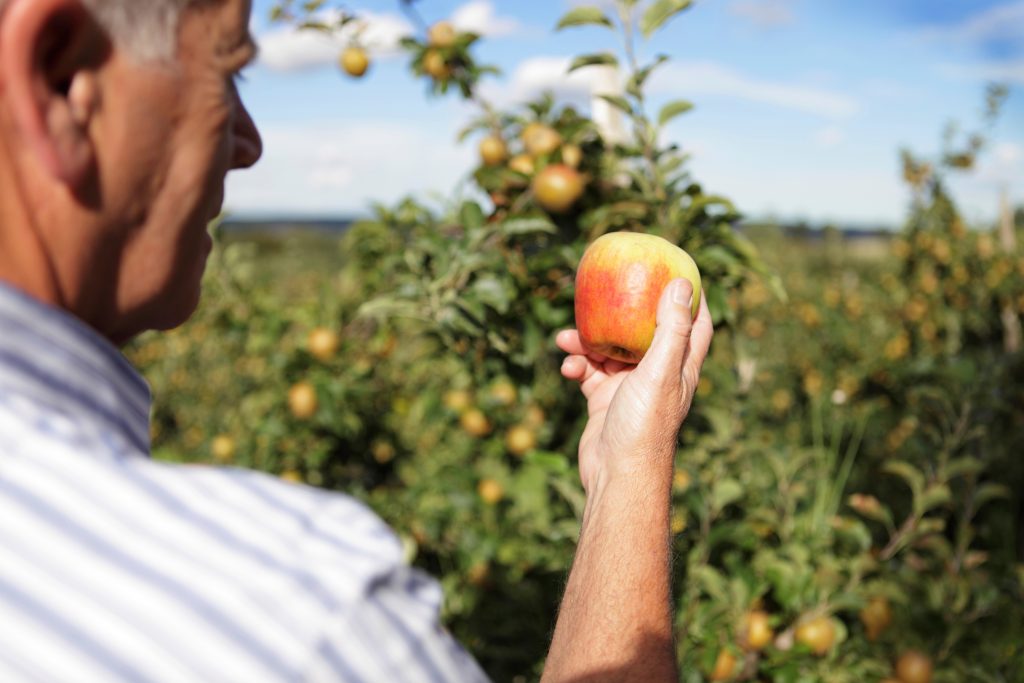Nutrition by means of irrigation (fertigation) entails a high demand on the fertilizer. A minimum manipulation in the place of consumption and a high precision in the contributions, are necessary to reduce the maintenance of the systems of irrigation and to increase the efficiency of the fertilizers. The content of Nitrogen in nitric form -immediately available for the plant- and the high content in Calcium are key for the obtaining of a greater production and a greater useful life of the fruits.
Calcium, together with nitrogen and potassium, is the most important macronutrient in stone and seed fruit trees. This nutrient is absorbed through the root apexes in ionic form, and its absorption depends on exogenous factors (water content, pH, degree of aeration, temperature…) and endogenous factors (cell wall, respiration, photosynthesis, transpiration…).
Calcium is transported to leaves and developing fruits through the current of transpiration, via xylem. The transport of calcium to the leaves seems to be more related to the growth rate of the roots than to that of the shoots (Scaife and Clarkson, 1978). During foliar and bud development, the concentration of calcium increases; therefore, large amounts of calcium are needed within the plant to ensure healthy growth.
When the fruit reaches about 50 g, more than 50% of the total amount of calcium it will finally have is already in the fruit. Therefore, it is essential that the contributions of calcium applied via soil are made before this stage; the application of calcium nitrate to the soil in spring increases the yield of the crop and at the same time provides calcium to the fruit improving its firmness. From this stage onwards, fruit sprays should be used until harvesting (mainly in pip fruit trees) to complete the calcium levels (the greater the number of applications, the better the result).
The supply of calcium increases production, fruit size and weight, firmness, colouring and acidity (vitamin C). It also increases TSS and sugar content, taste and juiciness, while reducing “bitter spot”, internal fruit rot and greening, improves resistance to Botrytis cinerea and minimizes fruit pitting.
Marschner (1995) describes that any increase in calcium concentration, however small, helps to prevent or drastically reduce economic losses caused by storage-associated diseases such as Gloesporium rot. On the other hand, Fallahi et al. (1997) states that high concentrations of calcium in fruits increase their post-harvest longevity, slowing down senescence and suppressing the decomposition produced by certain pathogenic microorganisms. In view of these premises, it is important to maintain levels above 5 mg/100 g of fresh weight at harvest time in order to minimise quality problems in storage.

Information provided by the exhibiting company.


